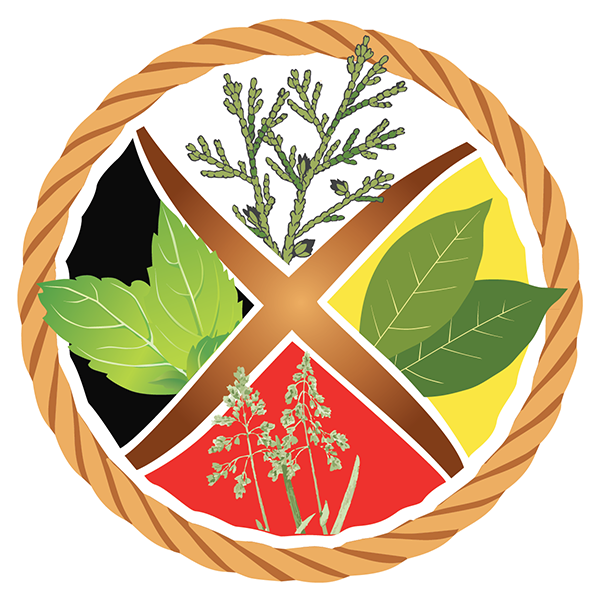Painkillers and Opioid Use Disorder
One of the most frequent reasons people go to the doctor is for pain relief. There are a number of different drugs that can ease pain. About 20% of people will get a medication called an opioid. You could also hear your doctor call it an opiate or a narcotic.
These pain relievers are made from opium, which comes from the poppy plant. Morphine and codeine are the two natural products of opium.
Man-made versions of morphine produce the other opioids:
- Fentanyl (Duragesic)
- Heroin, a street drug
- Hydrocodone with acetaminophen (Lorcet, Lortab, Vicodin)
- Hydrocodone (Hysingla ER, Zohydro ER)
- Hydromorphone (Dilaudid)
- Methadone
- Oxycodone (OxyContin)
- Oxycodone with acetaminophen (Percocet)
- Oxycodone with (Percodan)
- Meperidine (Demerol)
Misuse
These drugs are generally safe when you take them for a short time, as prescribed by your doctor. But in addition to helping you manage the pain, they can also give you a feeling of well-being or euphoria.
And each of those effects could lead you to misuse the drug or take it in a way your doctor didn’t intend. You might:
- Take a higher dose than prescribed
- Take someone else’s prescription, even for a legitimate problem, like pain
- Take it to get high
It’s a widespread problem. In 2013, some 2 million Americans abused or were dependent on opioid medications.
Opioid Use Disorder
For years we used terms like opioid abuse, drug abuse, drug dependence, and drug addiction interchangeably. But the guidelines doctors use to diagnose these issues no longer contain the terms abuse or dependence. Your doctor will look for these symptoms if he thinks you have opioid use disorder (OUD):
- Using more of the drugs or using them longer than you intended
- Can’t control or cut down use
- Spend lots of time finding drugs or recovering from use
- Have a strong desire or urge to use
- Use despite legal or social problems
- Stop or cut down important activities
- Use while doing something dangerous, like driving
- Use despite physical or mental problems
- Become tolerant — need more of the drug or need to take it more often
- Have withdrawal — physical symptoms when you try to stop
- Your condition could be:
- Mild: 2-3 symptoms over a year
- Moderate: 4-5 symptoms over a year
- Severe: 6 or more symptoms over a year
Treatment
If you spot the signs of dependence on the drug or your doctor thinks you have a problem, there is treatment. The first step is to stop taking the drug. Your doctor can slowly lower your dose over a few weeks. You might have symptoms like:
- Anxiety
- Irritability
- Craving for the drug
- Rapid breathing
- Yawning
- Runny nose
- Salivation
- Goosebumps
- Nasal stuffiness
- Muscle aches
- Vomiting
- Abdominal cramping
- Diarrhea
- Sweating
- Confusion
- Enlarged pupils
- Tremors
- Loss of appetite
While they aren’t medically dangerous, these symptoms can be painful and hard to live with. The unpleasantness leads to continued drug abuse. In general, the length and harshness of opioid drug withdrawal depends on how long you’ve been abusing the drugs and how much you’ve been taking.
Your doctor can give you medicines to prevent withdrawal symptoms, a process called detoxification (detox). The most common ones are buprenorphine, methadone, and naltrexone.
After withdrawal is complete, you’re no longer physically dependent on the drug. But you could still be psychologically hooked. You might be more likely to relapse when you’re under stress or if you’re exposed to other powerful triggers.
Long-Term Outlook
Substance abuse disorder is a chronic illness, which means you’ll have it for the rest of your life. Most people have a relapse at some point. Some people take the medications that help manage withdrawal symptoms, or other drugs like them, for years.
You can also benefit from behavioral therapy. It can help you:
- Manage cravings
- Build healthy habits and thoughts
- Avoid triggers that could lead to relapse
Therapy could be just you as an individual, it could include your entire family, or you could be part of a group with similar issues. It can help you work on relationships and your role at work and in the community.
